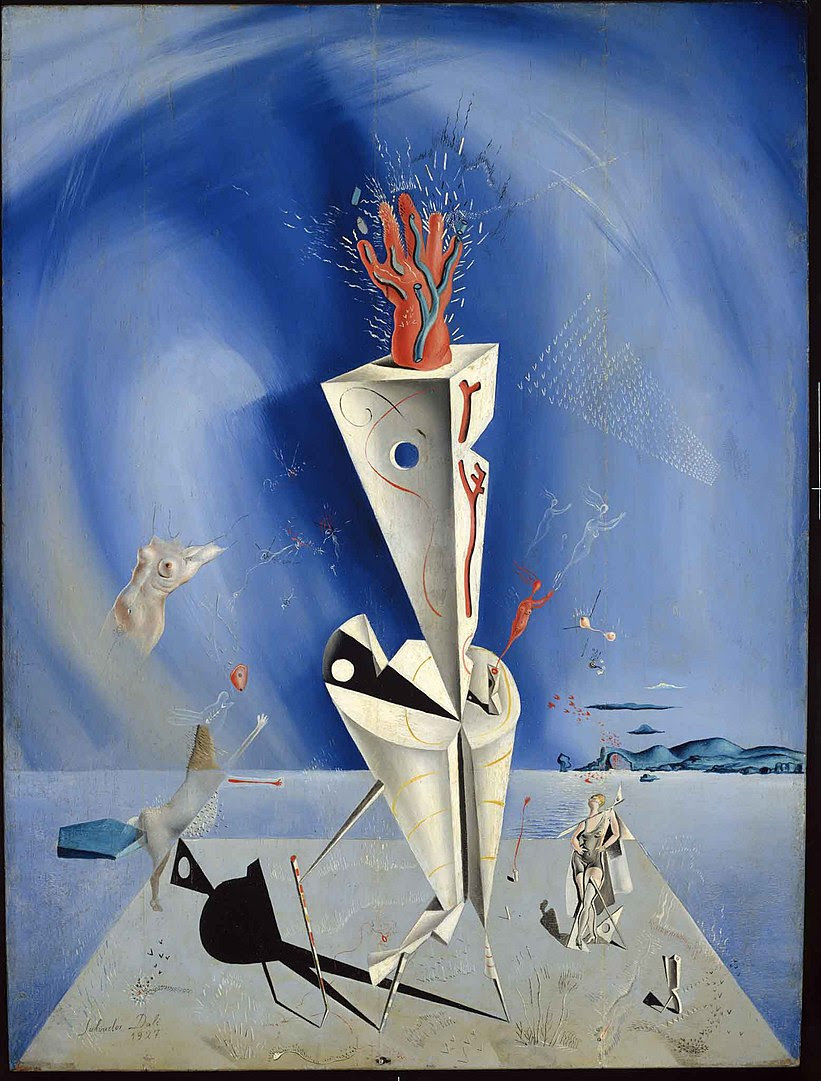Once again, New Year’s Day brought us more than resolutions, football games and hangovers: on January 1st, works first published in 1927 that were previously protected by copyright entered the public domain.
Once a work becomes part of the public domain, anyone can reproduce it or create derivative works based on it, and then sell those reproductions or derivative works.
These public domain works can, therefore, be circulated online, adapted by theater and film producers, photocopied for students, covered by musicians, and converted into new media, all without the need to obtain permissions or pay royalties.
Books and stories that have now entered the public domain include Herbert Asbury’s The Gangs of New York (the original 1927 publication); Agatha Christie’s The Big Four and The Tuesday Night Club; Willa Cather’s Death Comes for the Archbishop; Countee Cullen’s Copper Sun; Arthur Conan Doyle’s The Case-Book of Sherlock Holmes; Sigmund Freud’s The Future of an Illusion; Martin Heidegger’s Sein und Zeit (Being and Time) in the original German; Ernest Hemingway’s Men Without Women, The Killers, and Mosquitos; Hermann Hesse’s Der Steppenwolf (Steppenwolf) in the original German; Langston Hughes’ Fine Clothes to the Jew; James Weldon Johnson’s God’s Trombones; Franz Kafka’s Amerika in the original German; Sinclair Lewis’s Elmer Gantry; H. P. Lovecraft’s The Colour Out of Space; A. A. Milne’s Now We Are Six (with illustrations by E. H. Shepard); Marcel Proust’s Le Temps retrouvé (Time Regained) in the original French; Dorothy L. Sayers’ Unnatural Death; Upton Sinclair’s Oil!; Edith Wharton’s Twilight Sleep; Thornton Wilder’s The Bridge of San Luis Rey; and Virginia Woolf’s To the Lighthouse.
In addition, the first three Hardy Boys books, The Tower Treasure, The House on the Cliff, and The Secret of the Old Mill, which were published under a pseudonym (Franklin W. Dixon), are now in the public domain.
Films that just entered the public domain include Ted Browning’s The Unknown; Frank Borzage’s 7th Heaven; Clarence G. Badger and Josef von Sternberg’s It; Clyde Bruckman’s The Battle of the Century; Alan Crosland’s The Jazz Singer and When a Man Loves; Cecil B. DeMille’s The King of Kings; John Ford’s Upstream; Alfred Hitchcock’s The Lodger and The Ring; Fritz Lang’s Metropolis; Harold Lloyd’s The Kid Brother; J. P. McGowan’s Tarzan and the Golden Lion; F. W. Murnau’s Sunrise; Josef von Sternberg’s Underworld; and William A. Wellman’s Wings.
Some of the musical compositions (not the audio recordings) now in the public domain are The Best Things in Life Are Free from the musical Good News; Can’t Help Lovin’ Dat Man and Ol’ Man River from the musical Show Boat; (I Scream You Scream, We All Scream for) Ice Cream (Howard Johnson, Billy Moll, and Robert A. King); Louis Armstrong’s Potato Head Blues and Gully Low Blues; Irving Berlin’s Puttin’ on the Ritz; Duke Ellington and Bub Miley’s Black and Tan Fantasy and East St. Louis Toodle-O. Because of a quirk in the copyright law with respect to sound recordings, no sound recordings entered the public domain this year.
Hamilton Deane’s adaptation of Dracula; Oscar Hammerstein II’s Show Boat; DuBose and Dorothy Heyward’s Porgy; W. Somerset Maugham’s The Letter; and Fred Thompson and Paul Gerard Smith’s Funny Face are some of the plays/musicals that are now in the public domain.
Artwork that has entered the public domain includes Ansel Adams’ Parmelian Prints of the High Sierras; Salvador Dali’s Apparatus and Hand; Max Ernst’s The Wood; Edward Hopper’s Automat; Rene Magritte’s The Menaced Assassin; Henri Matisse’s Reclining Nude; Georgia O’Keeffe’s Black Abstraction; and Rex Whistler’s The Expedition in Pursuit of Rare Meats.
You’ll still need to be careful when reproducing and distributing these works (or works based on these works), though, since they may still be protected in countries other than the US. Also, newer derivative works of the 1927 originals are likely still protected.
If you want to reproduce a work that has not yet entered the public domain, you’ll need to either obtain permission from the copyright owner, pay for a compulsory license (in the case of music) or rely on the doctrine of fair use.
According to the copyright statute, at least the following four factors must be considered when determining whether copying is a fair use:
1. The nature of the original work;
2. The nature and purpose of the use, including whether it is for commercial use or for nonprofit educational purposes and whether the use is “transformative” (adding something new);
3. The amount and substantiality of the portion used in relation to the original work as a whole; and
4. The effect the copying would have on the market for, or value of, the original work.
As you can see, there are no “bright line” rules defining fair use. Rather, a court must weigh various factors on a case-by-case basis. Even the courts have difficulty coming to agreement on whether a use is a fair one.
In fact, the US Supreme Court will soon be weighing in. In October, it heard oral arguments in Andy Warhol Foundation for the Visual Arts, Inc. v. Goldsmith. The case involves artwork Andy Warhol created based on Lynn Goldsmith’s 1981 photograph of Prince.
Please feel free to contact us if you’re in doubt as to whether a work is in the public domain or whether your copying of someone else’s work – or their copying of your work – is likely to be found a fair use or an infringement.
Artwork by Salvador Dalí, Apparatus and Hand






